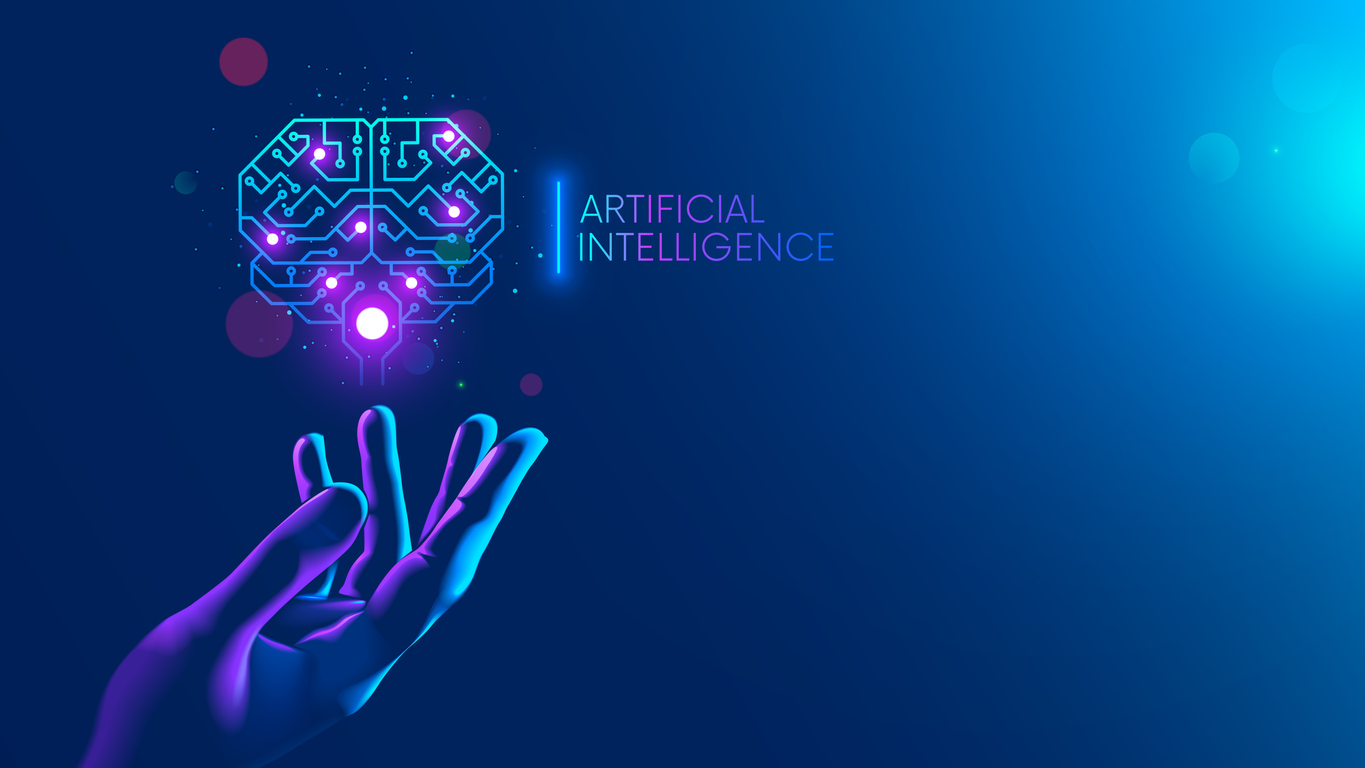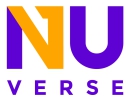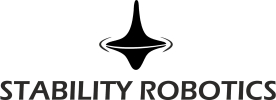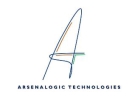Technology-
November 1, 2021
How to refine the Terminal Operating System The AI Way
A Terminal Operating System, or TOS, as the name suggests, is the software and hardware that helps run day-to-day operations at any container terminal or port. In its most basic form, a TOS provides visibility into cargo coming in and out of a terminal from any channel such as by road, by rail, or by ocean in vessels. In its more advanced manifestations, a TOS enables a terminal to:
Track, in real time, all types of cargo including intermodal containers, bulk cargo, roll- on/roll-off (RORO) and lift-on/lift-off (LOLO) cargo, at any moment in their journey through the terminal,
Automatically allocate jobs to assets such as container handling equipment (CHE) in the terminal yard or berth,
Plan yard space utilization and workloads based on dynamic requirements, and
Stitch together a digital bird’s eye view of all the key terminal operations
Most terminal operating systems also offer billing and invoicing services for the various competing and cooperating entities involved in the running of a terminal. Early terminal operating systems started out as simple databases tracking cargo entering and exiting terminal premises and creating workplans to ensure timely processing via various channels. Today, the most advanced systems have dedicated modules for handling gate, rail, yard, warehouse, berth and vessel operations and are able to realize some level of automation/semi-automation. These modules are in constant communication with each other so as to create that sought-after bird’s-eye view which is so important for effective terminal operations. A TOS may be able to do all of the above and more with the help of robust data it receives through various sensors and inputs by personnel and other systems involved in the running of a port.
While it is known that today all big ports use a TOS, the small and medium sized terminals are slowly catching up with this technology. There are about 19,000 ports and terminals worldwide and they use a combination of either third party systems, in-house developed applications or still rely on manual operations. The latter usually is limited to very small-sized terminals (<10,000 TEU* annual volume). All in all, TOS are fast approaching the state of the art. The market is growing with medium and small terminals fast catching up to their bigger contemporaries and new participants entering the market.
Having established that a modern TOS is able to effectively manage key port/terminal operations, combined with some degree of automation/semi-automation, does it truly help in optimizing operations? Over the course of TOS evolution, which has progressed from tracking to digitalizing to automating of processes, true optimization is the next logical step. This is a layer of advancement that sits on top of a fully functional TOS running operations at a terminal.
This is of particular significance as, commerce, as a whole, shifts towards Industry 4.0 and ports towards Port 4.0 aka smart ports. This is where the role of artificial intelligence (AI) critically comes to the fore. Within the context of port operations, qualified by real-world cost-benefit constraints, AI can be applied at specific intervention points in the digital transformation (DT/DX) journey towards Port 4.0. This is called applied AI, and this is what we, at ATAI Labs, are experts of: applying AI to automate and optimize business and operational processes.
Optimization at a terminal can mean decreased processing times at bottleneck points such as entry/exit gates, proximal placement of containers in the yard, decrease in the number of moves required to handle containers by CHE, etc., all leading to lower average turnaround times (ATT), increased capacity handling and ultimately and most importantly, increased profitability. It is relevant to note here that as the industry moves towards the more preferred pay-per-TEU revenue model, it becomes fairly trivial to not only monetize but also show ROI, financial benefits/profitability at AI application points.
At ATAI Labs, we have come up with a 7-step blueprint for digital transformation in what we call as “The AI Way.”
1. Key Business Goals Identification: This exercise needs to be done at a business level resulting in a clear purpose that acts like guiding star in the journey of AI adoption. This helps set the direction for a cultural shift in the organization.
2. As-Is Process & Methodology Study: One of the toughest parts of the entire exercise, this helps us understand and appreciate the status quo. Apart from that, this activity is a myth buster on the perceived effectiveness of many existing operations and procedures.
3. Heat Map Creation: This helps in forming the right prioritizations and an accurate ROI model for the initiative in question. Furthermore, it drives the need for digitalization and helps in better understanding of the intelligent solution.
4. Pilot: This step helps the organization get a feel for the real benefits of AI. The pilot needs to be selected carefully as it (a) provides confidence to the management and the impacting stakeholders around the technology and (b) helps us understand unstated requirements from various stakeholders.
5. Program Execution: A phased execution of the project program. This stage is utilized to re-orient select teams and train them who in turn can bring in inputs to ensure a high- quality outcome. We recommend against a big bang approach which can disrupt or confuse the larger teams and your current business. The solution is tested in real deployment scenarios and the entire experience is utilized to prepare rollout training material.
6. Rollout: This is the solution rollout phase where the rubber hits the road. This is preceded by training programs for all stakeholders.
7. Continuous Learning: Unlike other technologies, AI based solutions undergo continuous evolution by self-learning from changing environments and conditions. This requires continuous data monitoring & finetuning of the AI models.
Thus, with our deep understanding of technology, environments, and human psychology, we have come up with this systematic way of applying artificial intelligence for optimization and automation to solve some of the most challenging business problems found at ports and container terminals.
* TEU stands for twenty-foot-equivalent unit, a unit of cargo capacity to count ISO standard intermodal containers where one TEU is one 20-foot-long ISO container.
Most terminal operating systems also offer billing and invoicing services for the various competing and cooperating entities involved in the running of a terminal. Early terminal operating systems started out as simple databases tracking cargo entering and exiting terminal premises and creating workplans to ensure timely processing via various channels. Today, the most advanced systems have dedicated modules for handling gate, rail, yard, warehouse, berth and vessel operations and are able to realize some level of automation/semi-automation. These modules are in constant communication with each other so as to create that sought-after bird’s-eye view which is so important for effective terminal operations. A TOS may be able to do all of the above and more with the help of robust data it receives through various sensors and inputs by personnel and other systems involved in the running of a port.
While it is known that today all big ports use a TOS, the small and medium sized terminals are slowly catching up with this technology. There are about 19,000 ports and terminals worldwide and they use a combination of either third party systems, in-house developed applications or still rely on manual operations. The latter usually is limited to very small-sized terminals (<10,000 TEU* annual volume). All in all, TOS are fast approaching the state of the art. The market is growing with medium and small terminals fast catching up to their bigger contemporaries and new participants entering the market.
Having established that a modern TOS is able to effectively manage key port/terminal operations, combined with some degree of automation/semi-automation, does it truly help in optimizing operations? Over the course of TOS evolution, which has progressed from tracking to digitalizing to automating of processes, true optimization is the next logical step. This is a layer of advancement that sits on top of a fully functional TOS running operations at a terminal.
This is of particular significance as, commerce, as a whole, shifts towards Industry 4.0 and ports towards Port 4.0 aka smart ports. This is where the role of artificial intelligence (AI) critically comes to the fore. Within the context of port operations, qualified by real-world cost-benefit constraints, AI can be applied at specific intervention points in the digital transformation (DT/DX) journey towards Port 4.0. This is called applied AI, and this is what we, at ATAI Labs, are experts of: applying AI to automate and optimize business and operational processes.
Optimization at a terminal can mean decreased processing times at bottleneck points such as entry/exit gates, proximal placement of containers in the yard, decrease in the number of moves required to handle containers by CHE, etc., all leading to lower average turnaround times (ATT), increased capacity handling and ultimately and most importantly, increased profitability. It is relevant to note here that as the industry moves towards the more preferred pay-per-TEU revenue model, it becomes fairly trivial to not only monetize but also show ROI, financial benefits/profitability at AI application points.
At ATAI Labs, we have come up with a 7-step blueprint for digital transformation in what we call as “The AI Way.”
1. Key Business Goals Identification: This exercise needs to be done at a business level resulting in a clear purpose that acts like guiding star in the journey of AI adoption. This helps set the direction for a cultural shift in the organization.
2. As-Is Process & Methodology Study: One of the toughest parts of the entire exercise, this helps us understand and appreciate the status quo. Apart from that, this activity is a myth buster on the perceived effectiveness of many existing operations and procedures.
3. Heat Map Creation: This helps in forming the right prioritizations and an accurate ROI model for the initiative in question. Furthermore, it drives the need for digitalization and helps in better understanding of the intelligent solution.
4. Pilot: This step helps the organization get a feel for the real benefits of AI. The pilot needs to be selected carefully as it (a) provides confidence to the management and the impacting stakeholders around the technology and (b) helps us understand unstated requirements from various stakeholders.
5. Program Execution: A phased execution of the project program. This stage is utilized to re-orient select teams and train them who in turn can bring in inputs to ensure a high- quality outcome. We recommend against a big bang approach which can disrupt or confuse the larger teams and your current business. The solution is tested in real deployment scenarios and the entire experience is utilized to prepare rollout training material.
6. Rollout: This is the solution rollout phase where the rubber hits the road. This is preceded by training programs for all stakeholders.
7. Continuous Learning: Unlike other technologies, AI based solutions undergo continuous evolution by self-learning from changing environments and conditions. This requires continuous data monitoring & finetuning of the AI models.
Thus, with our deep understanding of technology, environments, and human psychology, we have come up with this systematic way of applying artificial intelligence for optimization and automation to solve some of the most challenging business problems found at ports and container terminals.
* TEU stands for twenty-foot-equivalent unit, a unit of cargo capacity to count ISO standard intermodal containers where one TEU is one 20-foot-long ISO container.












